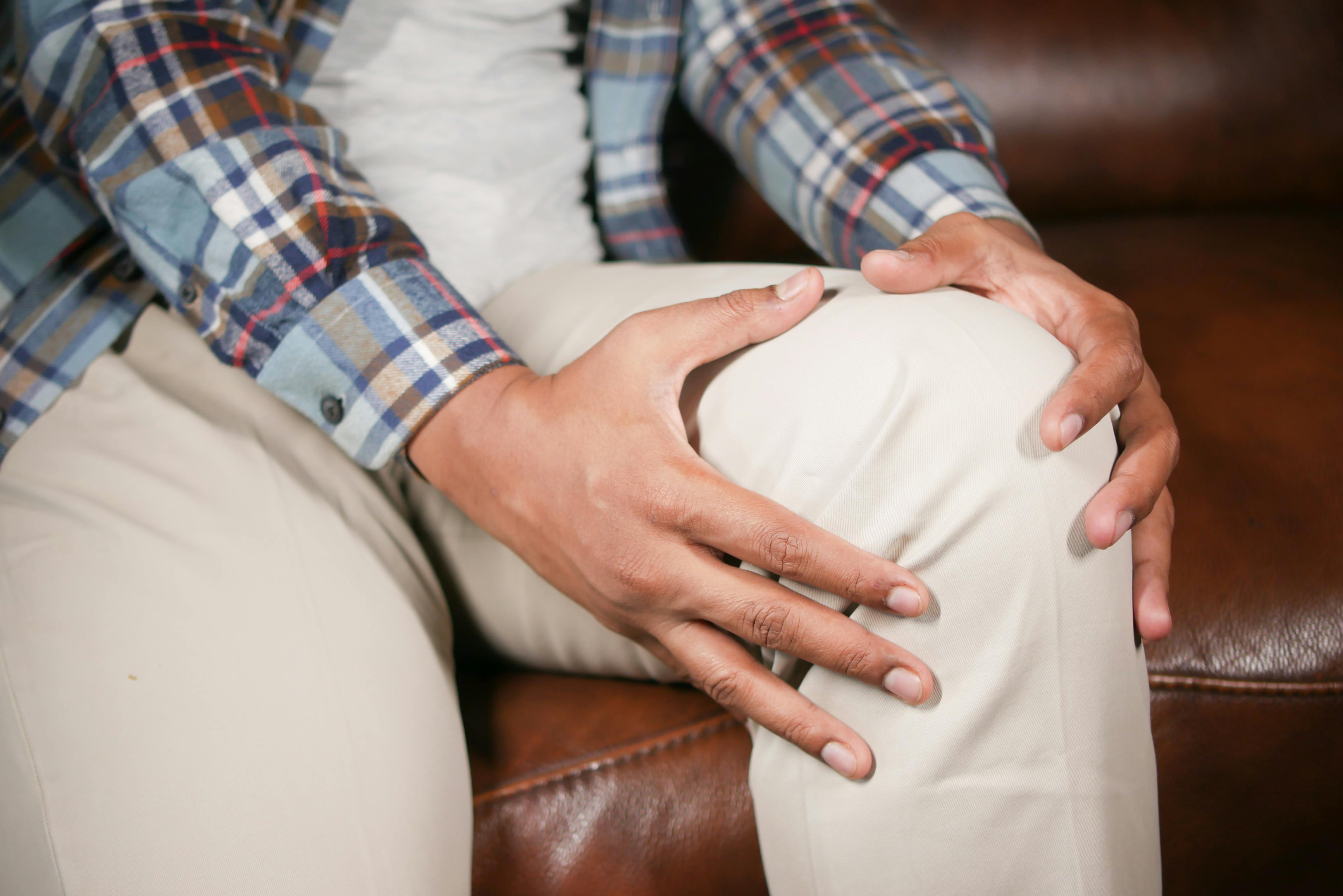How to prevent knee sprains (Guidelines)

Knee sprains are pretty common, affecting around 2.3 out of every 1000 Americans, according to the Society for Academic Emergency Medicine. Young athletes aged 15 to 19 are the most prone, often getting injured while playing basketball, football (for males), or soccer and basketball (for females).
For athletes, especially in sports-heavy places like Texas, protecting knees is crucial. Warm-up properly before any activity to prepare your muscles and ligaments. Strengthening exercises, like squats and lunges, can help build up the muscles around the knee for added support. Wearing proper footwear designed for your sport can also reduce the risk of injury.
Non-athletes can also take steps to keep their knees safe. Maintaining a healthy weight can reduce stress on the knees. Avoiding sudden movements or overexertion, especially when lifting heavy objects, can prevent unnecessary strain. Lastly, listening to your body and resting when needed is key to preventing overuse injuries.
Table of Contents
Causes of knee Sprains
To avoid knee sprains, it's important to know what causes them. Often, they happen because of sudden movements or impacts. Common causes include:
- Overextending the knee: This occurs when you kick or straighten your leg too forcefully, causing the lower leg to move beyond its normal range of motion for the knee joint. It can also happen if something hits your knee hard, pushing it backward while your lower leg remains straight, like during a football tackle.
- Impact forces to the outside of the knee: Sideways blows from tackles or being struck by a moving object can lead to sprains of the medial collateral ligament (MCL). For instance, getting kicked on the outside of the leg or being hit by a car while crossing the street can cause this type of injury. Hard falls may also result in MCL damage.
- Pivots and twists: When your feet are firmly planted, sudden changes in direction can strain or twist the anterior cruciate ligament (ACL) or MCL, leading to sprains. This often happens during sports like soccer or basketball when players need to change direction quickly.
- Awkward landings: Landing improperly after a jump can strain the ACL. This is common in activities like skiing, ski jumping, and basketball, where players frequently jump and land.
- Falls and accidents: Any impact from falling can exert a significant force on the knee, causing damage to any of the four ligaments. Whether it's slipping on ice or tripping over an obstacle, accidents can lead to sprains.
Understanding these causes and being aware of your personal risk factors, such as previous knee injuries or participating in high-impact sports, can help you take precautions to protect your knees and reduce the likelihood of sprains.
If any of these sound familiar or you have risk factors, take extra care to protect your knees.
Common Risk Factors for Knee sprains
Certain factors increase the risk of knee sprains:
- Athletic activity: Young athletes, especially those involved in sports like skiing, dancing, cheerleading, football, basketball, or soccer, are more prone to knee sprains. Wrestlers, who frequently fall onto their knees and sides, are also at risk.
- ACL injury in females: Females are more susceptible to ACL injuries, although the reasons are still being studied.
- Skipping warm-ups, cool-downs, and stretching: Not properly preparing and caring for your muscles before and after workouts can increase the likelihood of tissue injuries, including sprains.
- Weekend warrior syndrome: If you're mainly sedentary during the week but engage in intense sports activities only on weekends, your muscles, tendons, and ligaments may become tight or "cold." This can make you more prone to sudden overstretching and injury when you become active. Weekend warriors should take extra care to stay in condition between workout sessions to reduce the risk of injury.
How to Prevent Knee sprains
Preventing knee sprains is mainly about keeping your knees, legs, and hips in good shape. Correct form, posture, and strong muscles can help protect your knees from various injuries, including sprains.
Here's how to keep your knees safer:
- Warm up before workouts: Get your muscles ready for action to reduce the risk of injury.
- Cool down after intense workouts: Help your body recover and ease any strain on your knees.
- Regular stretching: Keep your muscles, tendons, and ligaments loose and flexible.
- Gradual exercise progression: Don't push yourself too hard too quickly. Gradually increase your exercise intensity or training regimen to avoid strain.
- Stay hydrated: Dehydration can contribute to sports injuries, so drink enough water.
- Strengthen leg muscles: Focus on building strength in your quadriceps and hamstrings to support and stabilize your knees.
- Seek professional guidance: Work with a trainer, coach, or physical therapist who can advise you on safe workout techniques to protect your knees.
Also, pay attention to your equipment and environment:
- Exercise on even ground to avoid twisting an ankle or landing awkwardly, which can strain your knees.
- Wear appropriate footwear with good tread and replace worn-out shoes. Ill-fitting or damaged gear can harm both your performance and your body.
- Consider using special shoe inserts if needed to correct any foot problems that could affect your stability and movements.
Taking these precautions can help reduce the risk of knee sprains and keep you active and injury-free.
Bottom Line
In conclusion, keeping your knees safe from sprains is all about preparation, gradual progress, and taking care of your body. By warming up, cooling down, stretching regularly, and strengthening your leg muscles, you can minimize the risk of injury.
Pay attention to your surroundings, wear proper footwear, and seek professional guidance when needed. With these steps, you can enjoy your activities while keeping your knees strong and healthy.
Also read What to Know About a High Ankle Sprain(Detailed Info)



